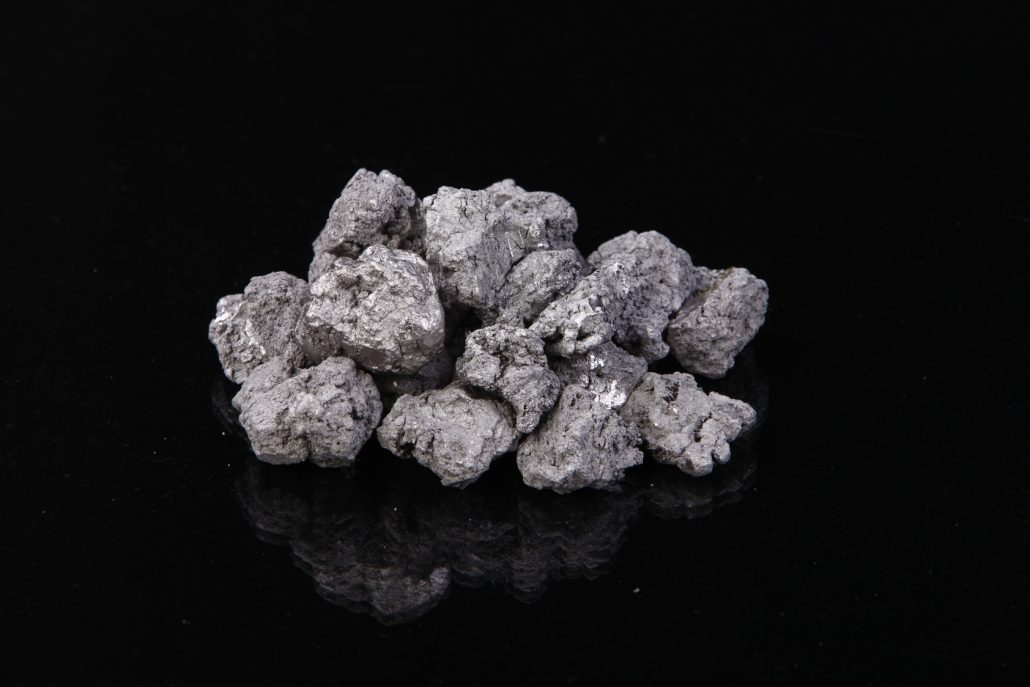
China’s titanium sponge industry has experienced significant growth, with production jumping from 175,000 tons in 2022 to 218,000 tons in 2023. This marks a continued nine-year trend of China titanium sponge growth, making China a key player in the global titanium market. However, the surge in domestic production has created an oversupply situation. This causes concern for the industry’s future balance, particularly in the aerospace sector. As other major producers, including Japan, Saudi Arabia, and Kazakhstan, reach near full capacity, China’s surplus production raises the possibility of meeting the growing global demand for titanium.
Geopolitical Factors and Certification Hurdles Complicate Global Expansion
Despite the production boost, China faces significant hurdles when it comes to integrating its titanium into global aerospace supply chains. The aerospace industry’s stringent certification process—especially for premium quality titanium—poses a major challenge. For critical components, such as engine disks, the certification process can take over five years. While major companies like Airbus show interest in Chinese titanium, the final decision on certification rests with ingot melters and engine manufacturers. This complicates market access for Chinese suppliers and affects China titanium sponge growth.
Geopolitical factors add to the complexities of China’s titanium market. Rising tensions in the Asia-Pacific region and concerns over reliance on Chinese materials have prompted some countries to reconsider their sourcing strategies. The U.S., despite significant tariffs, has seen an increase in imports of Chinese titanium sponge. In response, legislative measures like the Securing America’s Titanium Act have been proposed. These aim to strengthen the U.S. titanium supply chain. This law aims to reduce dependence on Chinese titanium, lowering some import tariffs while keeping a 25% duty specifically on Chinese products. Therefore, geopolitical climate also affects China titanium sponge growth.
Europe Offers a Different Path for Chinese Titanium Sponge
In contrast, European countries have been more receptive to Chinese titanium sponge. This receptiveness might positively influence China titanium sponge growth. Tariff suspensions in Europe make Chinese titanium more affordable for manufacturers. However, European companies still face challenges. They must navigate both economic advantages and geopolitical risks. As China’s titanium production grows, European manufacturers must weigh the benefits of sourcing from China against the long-term ramifications of relying on Chinese materials. This is in the context of a shifting global trade environment.
Conclusion: China’s Titanium Growth Shapes the Global Market’s Future
China’s titanium sponge production is set to play an increasingly central role in global supply chains. While domestic oversupply offers the potential to meet growing international demand, the challenges of certification, geopolitical tensions, and trade restrictions complicate the situation. As both the U.S. and Europe make adjustments to their import strategies, the global titanium market will continue to evolve, influenced in part by the ongoing China titanium sponge growth. China’s growing production capacity will be at its core.




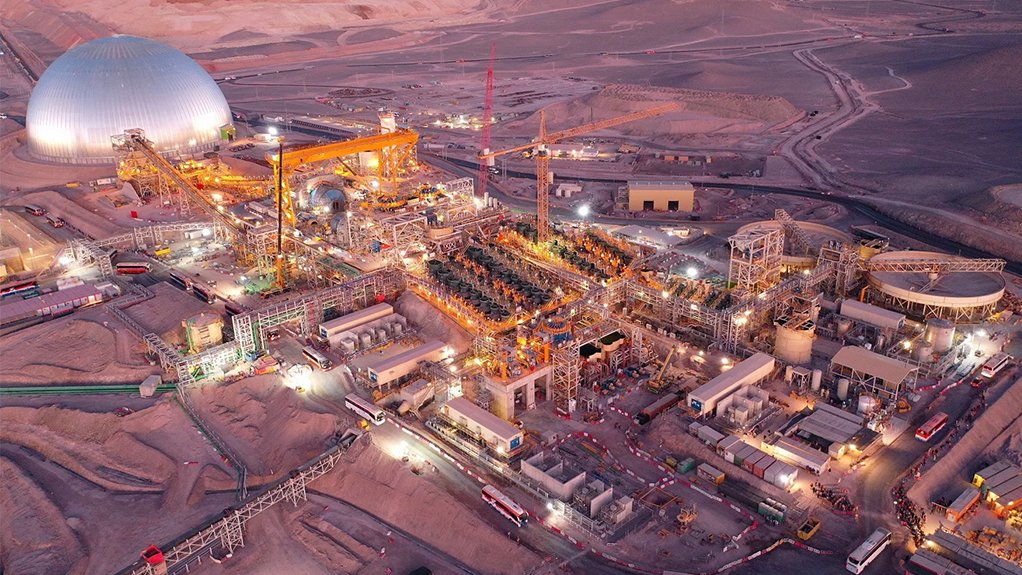
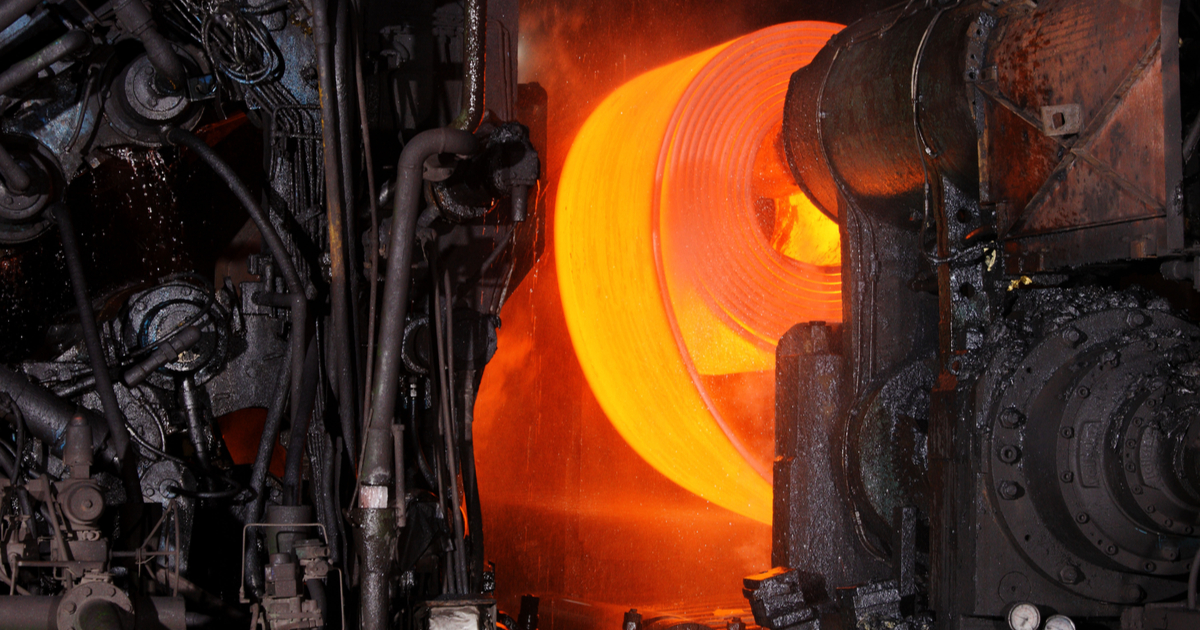

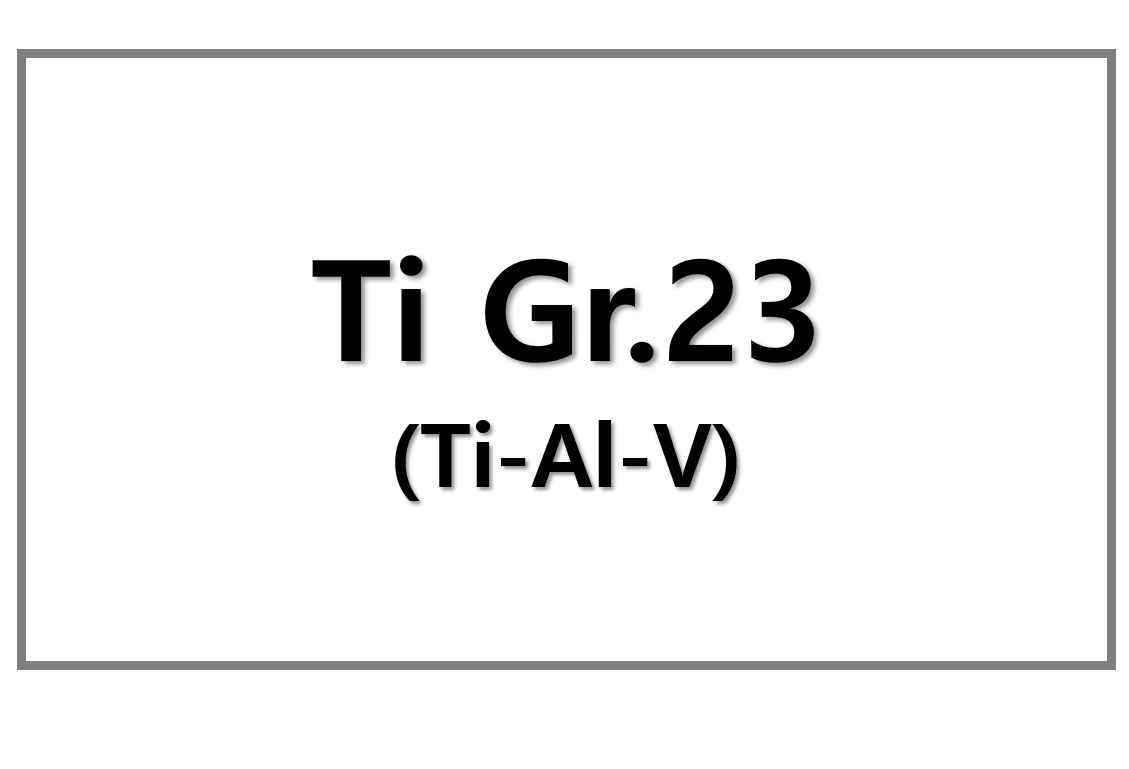
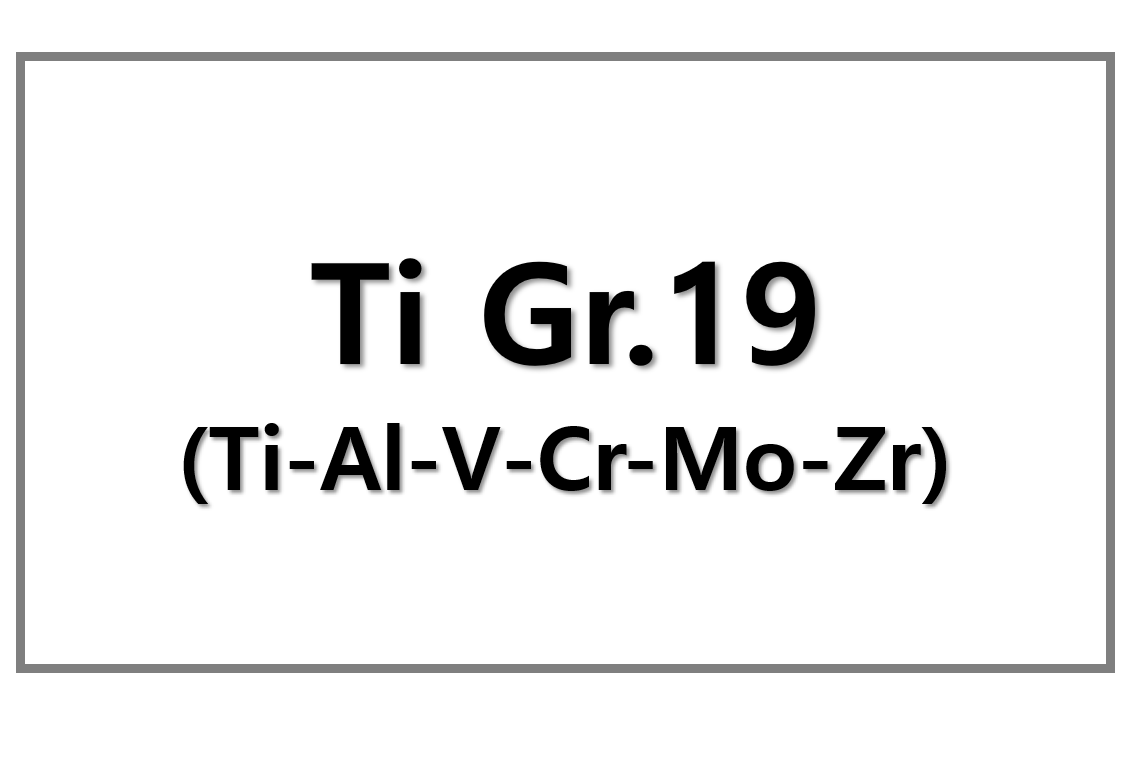
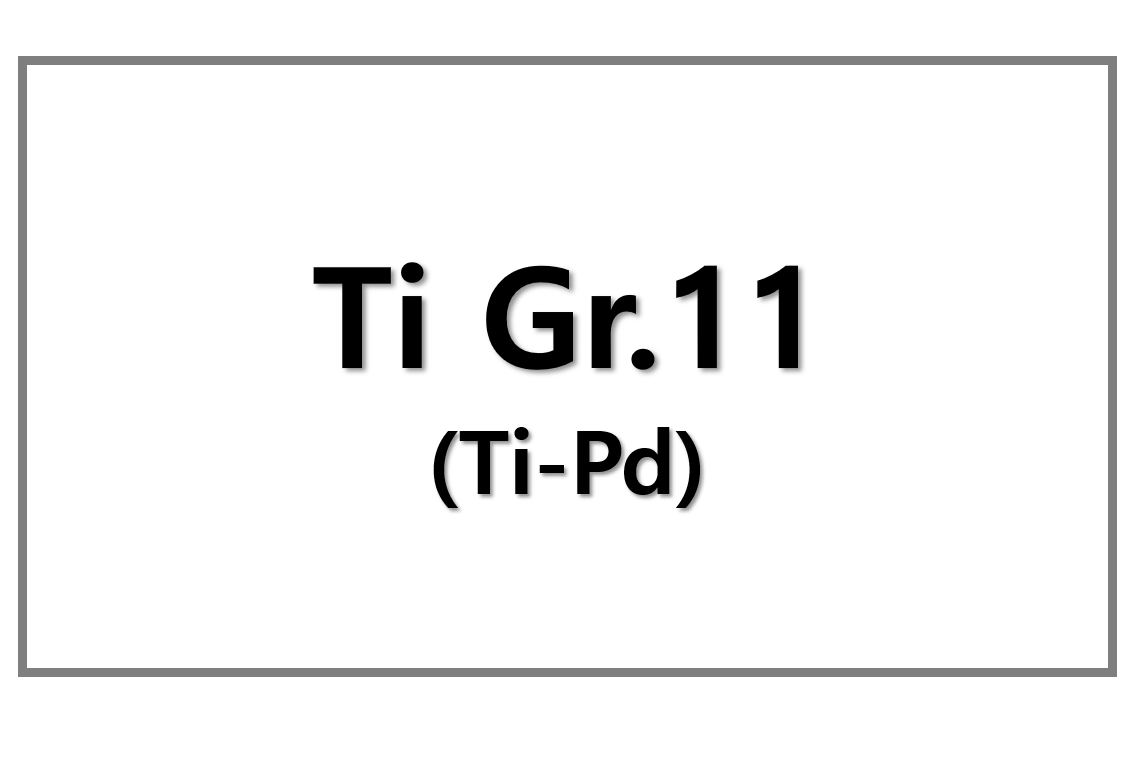
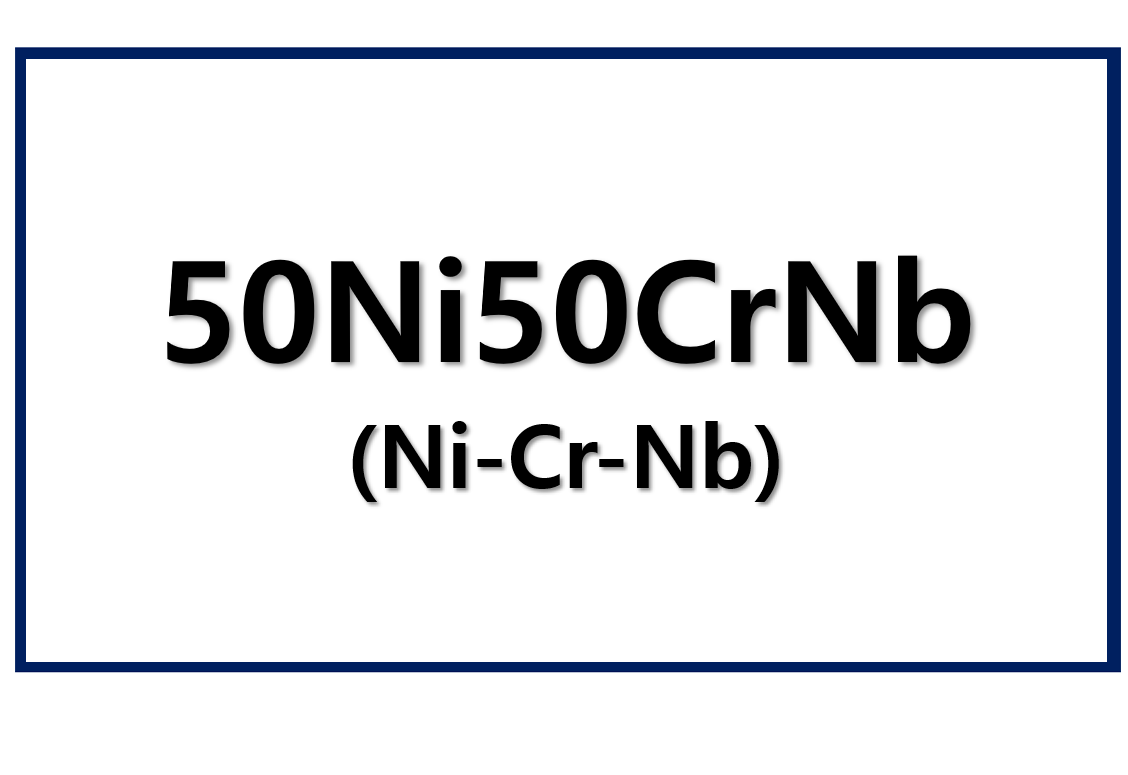
Leave a Reply
You must be logged in to post a comment.